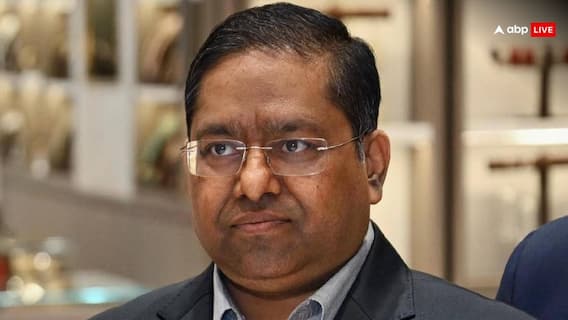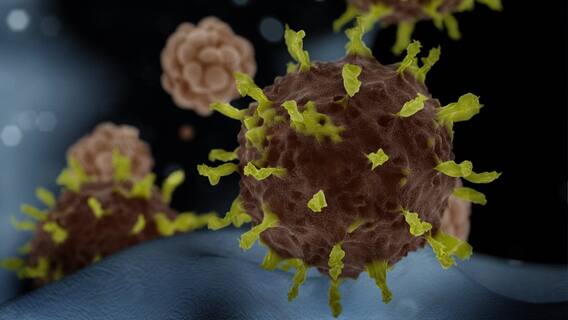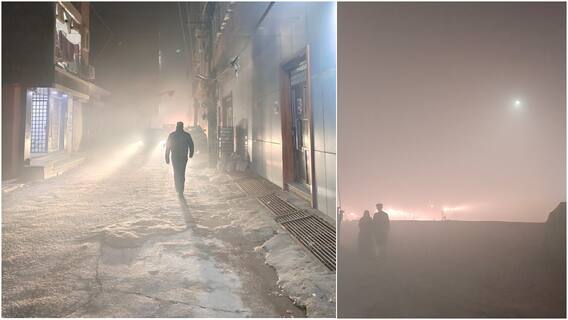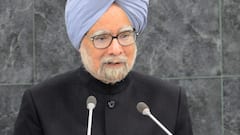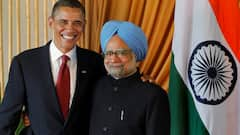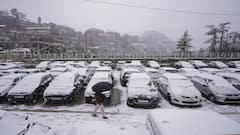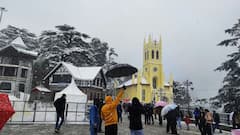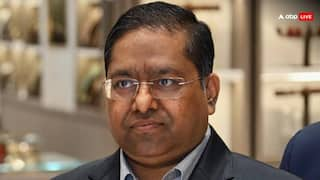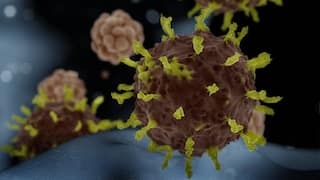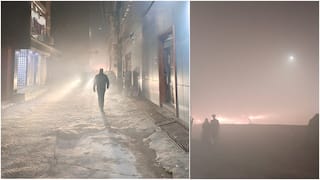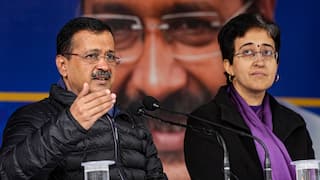Delhi In 2024 Saw Highest 'Good To Moderate' Air Quality Days Since 2018
The year recorded the worst May AQI due to heavy dust and pollution, the CAQM said. Despite this, 2024 tied with 2021 and 2022 for the second-best annual average AQI of 209, it said.

In 2024, Delhi saw the highest good to moderate air quality days since 2018. The national capital recorded 209 'good to moderate' air quality days last year, according to the central pollution watchdog Commission for Air Quality Management (CAQM).
The number of 'good to moderate' air quality days was 159 in 2018, 182 in 2019, 227 in 2020, 197 in 2021, 163 in 2022 and 206 in 2023, the data showed.
The city had 157 'poor to severe' days in 2024, the lowest since 2018 when the number stood at 206. The number excludes 2020 when there were travel restrictions due to the COVID-19 lockdown.
February, December and August recorded the best average Air Quality Index (AQI) in six years. January, however, suffered the worst air since 2018, hitting an average AQI of 355 due to stagnant winds.
The year recorded the worst May AQI due to heavy dust and pollution, the CAQM said. Despite this, 2024 tied with 2021 and 2022 for the second-best annual average AQI of 209.
Farm fires also fell to 12,750 in Punjab, Haryana and neighbouring areas, the data showed.
December Power Demand Crosses 5,000 MW for First Time
Biting cold in Delhi has raised power demand. The power demand this month peaked at 5,213 MW, the highest ever for December in Delhi's history, discom officials said.
As per the State Load Dispatch Centre (SLDC), power demand stood at 5,213 MW at 10:50 am on Tuesday, after touching 5,046 MW on Monday.
Delhi's peak power demand in December was 4,884 MW in 2023, and 4,964 MW in 2022, discom officials said.
The winter months in Delhi are expected to follow the record-breaking summer trend in peak power demand, which touched an unprecedented high of 8,656 MW this year.
As per officials, the peak power demand in the capital this winter is expected to cross 6,300 MW.
A BSES spokesperson said that green energy will meet up to 53 per cent of the over 3,900 MW peak power demand in areas under BSES Rajdhani Power Limited (BRPL) and BSES Yamuna Power Limited (BYPL).
Trending News
Top Headlines









